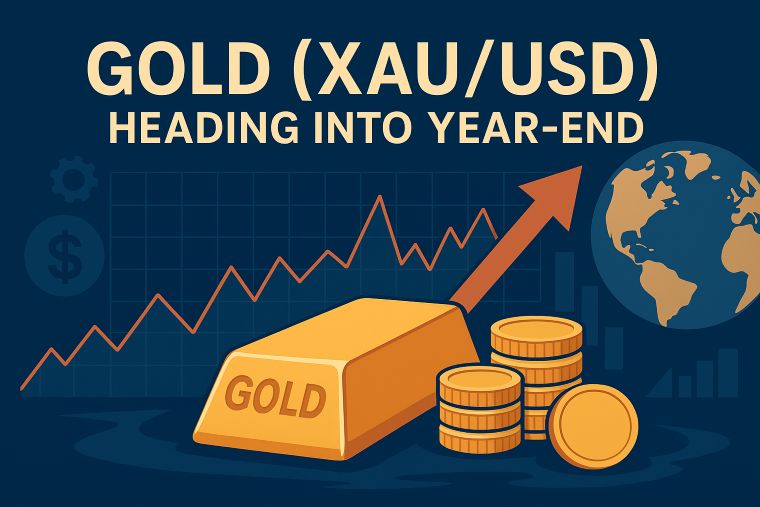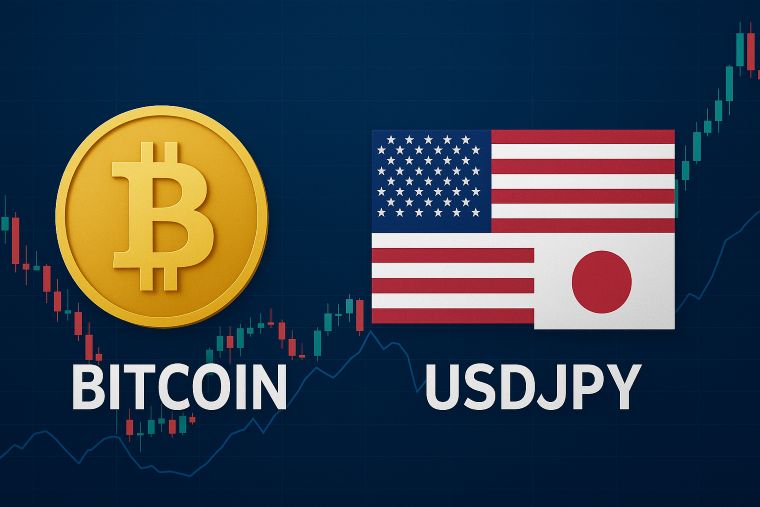4 min to read
Decrease in US Retail Sales and Caution
Caution towards a recession is growing

“Decrease in US Retail Sales and Caution Towards Recession Maintained by Fed Hawks”
Caution towards a recession is growing following the announcement of a decrease in US retail sales, which highlighted a decline in consumer demand in the world’s largest economy.
Total retail sales for March decreased by 1.0% more than expected compared to February, mainly due to a decline in gasoline prices and auto sales.
Even core retail sales, which include prices without volatility, showed a decrease in March.
US manufacturing production also showed a contraction in March, further warning of a slowdown in economic growth. However, as the previous month’s figures for these two indices were revised upward, it did not become a warning to members of the Federal Reserve Board (FRB).
Although consumer caution may have been due to the crisis surrounding banks last month, it can be said that not only the banking sector but also consumers are showing signs of recovery and calmness.
The consumer sentiment index by the University of Michigan rose in the preliminary April value, and the one-year inflation expectation of consumers also jumped from 3.6% to 4.6%.
The Fed Maintains Hawkish Stance Despite Recession Risks
The recent weak economic indicators have reaffirmed the need for the Federal Reserve Board (FRB) to pay attention to the data, as consumer sentiment improved unexpectedly.
Last Friday, FRB Governor Waller acknowledged that there has been little progress in returning inflation rates to their target, and stated the need for further tightening of interest rate policies.
Atlanta Fed President Bostic stopped short of suggesting the last 0.25% increase in interest rates in a slightly more moderate tone.
However, it appears that the comments made by Fed Governor Waller, suggesting that the tightening of monetary policy would last longer than the market had anticipated, failed to calm the market.
The market had priced in a 0.25% rate hike at the next Fed meeting in May with a probability of over 80%. After Governor Waller’s comments, expectations of a rate cut decreased by about 0.2%, and it seems that the market has begun to accept reality.
Expectations for earnings reports from technology stocks boost stock prices On the other hand, although the US stock market closed slightly down on Friday, with the S&P500 dropping only 0.2%, it doesn’t seem to have suffered much damage.
In fact, US futures rose at the start of trading today, and European stock indices also started trading on a firm upward trend.
On Friday, major banks such as Citigroup, JP Morgan, and Wells Fargo reported earnings that exceeded expectations.
However, smaller regional banks such as PNC Financial did not have a strong start, issuing disappointing guidance for 2023.
Tomorrow, earnings reports from Bank of America and Goldman Sachs are forthcoming, but this week, attention will be focused on technology stocks such as Netflix on Tuesday and Tesla on Wednesday.
As the US economy slows down, some valuations in the US stock market are in an inexplicable situation.
The market seems to be investing in assets in anticipation of a relaxation of the financial environment in the latter half of this year, but if the FRB were to keep interest rates high until 2024, the risk would certainly increase.
The US dollar is following the rise in US bond yields and gold is rebounding. Following hawkish remarks from the FRB, the US dollar rose about 0.5% against other major currencies last Friday and continues to rise today.
The yield on 10-year US bonds has risen to a high level for the first time in two weeks, and the US dollar may continue to be supported as inflation data from other countries such as the UK and Canada is released one after another.
The pound has been on a downward trend against the US dollar, falling from 1.25 dollars to 1.24 dollars over the past few days, aside from the announcement of the CPI index. Attention is now focused on the rise in tomorrow’s UK employment statistics and Friday’s UK PMI flash values, which could cause the pound to rise.
Currently, the euro has fallen below the important level of 1.10 dollars against the US dollar, so the PMI figures for the eurozone, to be released on Friday, are also likely to be watched closely.
While the strong US dollar has dealt a major blow to gold, it is now rebounding after briefly falling below $2,000 per ounce.
Although US bond yields are being maintained near last Friday’s high, the uncertainty about the economic outlook is likely to function as support for gold.
Visit XM Official Website.

